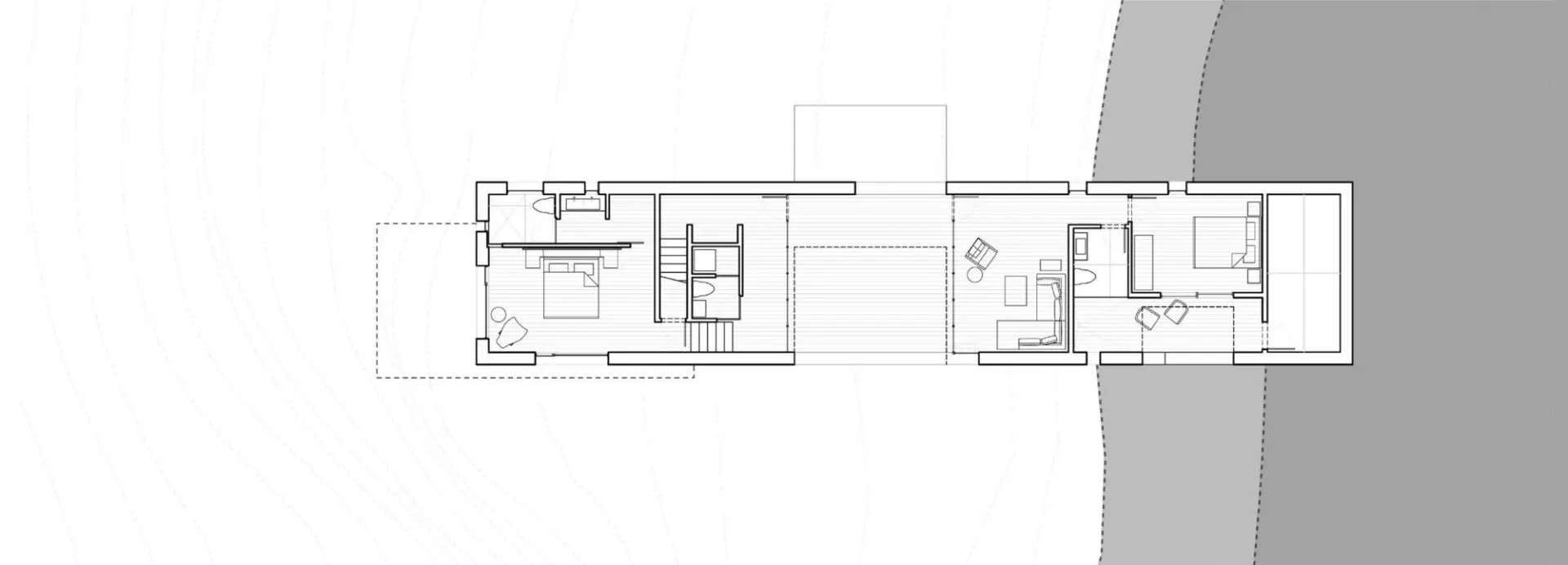HISTORIC RENOVATION WITH A TWIST IN BROOKLINE A Boston family, in search of more living space, discovered a stately Jacobethan-influenced home on Brookline’s historic Fisher Hill. While checking most of the boxes for the family, the home had several design…
This project strives to balance the considerable economic value of a remarkable parcel of land with both the goals of its owner and the emotional connection to the property felt by those within its viewshed. Located among the sand dunes and scrub oak overlooking a pristine waterfront, this parcel is perhaps the largest, most beautiful buildable coastal site remaining on outer Cape Cod.
The prospect of construction on this land has been met with trepidation for years. Locally, the parcel is known as the 'Hopper Landscape' in recognition of the adjacent house and studio of the American painter Edward Hopper. The house and site strategy shown here preserves the overall viability of the site, by reusing an historic 1820 house on an inland portion of the site and imbuing it viscerally, if not literally, with an ocean view by constructing the Dune House.
At a comparatively modest 1400 SF, the Dune House allows shelter and accommodations overlooking the beach and consciously does not compete with the Hopper House for high ground or stature. It is frankly, even starkly modern, evoking the very sense of isolation that Hopper celebrated and documented in this landscape.
The house is composed of a concrete base, partially submerged into the dune, with interwoven indoor spaces and outdoor terraces cut into its south-facing façade. Approached from the land side, it is entered through lower courtyards, or by roof access to the glass living pavilion hovering above. The roof of the plinth is planted as a continuation of the existing context of native bayberry.
Location
Truro, MA
Services
Completion
feasibility study, 2007
Architectural Team
Bradford C. Walker, AIA
William T. Ruhl, FAIA
Nick Radesky
Lilly D. Smith
Grant Scott
Ruhl Walker Architects














